Technical Case Study: Repairing Ship Propellers At Sea
During a recent dock survey of a Hyundai Heavy Industries-built crude oil tanker, ship surveyors discovered that after almost 14 years in service, a number of areas of corrosion had appeared on the propeller blades of the vessel.
The vessel’s S/I engineer decided to make a temporary fix before the vessels’ next scheduled drydock period using polymers.
Erick Matabang, Dubai Port Sales Engineer at Wilhelmsen Ships Service was called in to supervise and guide the dockyard personnel in the preparation and repair process.
Preparing the work site
The toughest challenge for the engineers came in gaining access to the propeller in order to carry out the repair. In order to do this, the vessel was ballasted and the propeller was lifted above sea level. To assist with the process, the dockyard provided a floating platform, which enabled easy access to the work site.
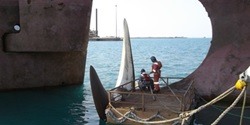
Evaluating the damaged areas
Due to the size of the surface, it was essential that engineers examined the areas of corrosion carefully, clearly marking the areas requiring repair in order to ensure that no spot was left untreated.
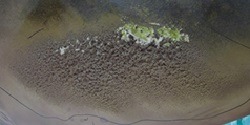
Preparing the surface
A critical part of the pre-repair work is in preparation of the surface. This is done by ‘sweating out’ salts by preheating the propeller’s blades for 5 minutes with an AC/OX flame. In order to reach the applicable roughness for later treatment, the team also grit blasted the de-salinated surface.
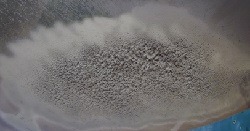
Restoring the shape
In order to restore the shape, the polymer is pre-mixed and carefully applied on the blade with a spatula.
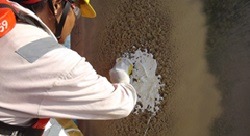
In total, the team applied 5 sets of Ceramigrade rebuild on every blade to cover the damaged area and restore the blade’s surface.
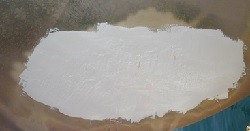
Adding an extra Liner to prevent cavitation and erosion
45 minutes later the team applied 2 sets of Ceramigrade Liner on every blade to protect against cavitation and erosion in the future.
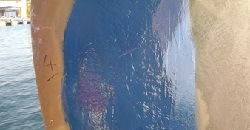
In total, engineers spent 3 hours on each blade to carry out the full repair, including surface preparation. The air temperature at the time of works was + 24 degrees.
Over a period of 12 working hours, 20 packs of Ceramigrade Rebuild and 8 packs of Ceramigrade Liner were used to restore the 4 blades.
Using a temporary polymer repair method extends the propeller’s operating life until next scheduled dock survey and improves the propeller’s efficiency with minimal cost.
Reference: wilhelmsen.com
Do you have info to share with us ? Suggest a correction
About Author
Marine Insight News Network is a premier source for up-to-date, comprehensive, and insightful coverage of the maritime industry. Dedicated to offering the latest news, trends, and analyses in shipping, marine technology, regulations, and global maritime affairs, Marine Insight News Network prides itself on delivering accurate, engaging, and relevant information.

About Author
Marine Insight News Network is a premier source for up-to-date, comprehensive, and insightful coverage of the maritime industry. Dedicated to offering the latest news, trends, and analyses in shipping, marine technology, regulations, and global maritime affairs, Marine Insight News Network prides itself on delivering accurate, engaging, and relevant information.
- Real Life Incident: Vessel Collision in Good Visibility
- Real Life Incident: Severe Injury To Deck Crew While Leaving Berth
- Real Life Incident: Departure Damage in Very Restricted Waterway
- Real Life Incident: Low Situational Awareness Has High Impact Consequence
- Real Life Incident: Fouled Anchor in a Designated Anchorage
- Real Life Incident: Fire On Barge Carrying Scrap Metal Causes $7 Million Worth Of Damage
Latest Case studies Articles You Would Like:
Subscribe To Our Newsletters
By subscribing, you agree to our Privacy Policy and may receive occasional deal communications; you can unsubscribe anytime.











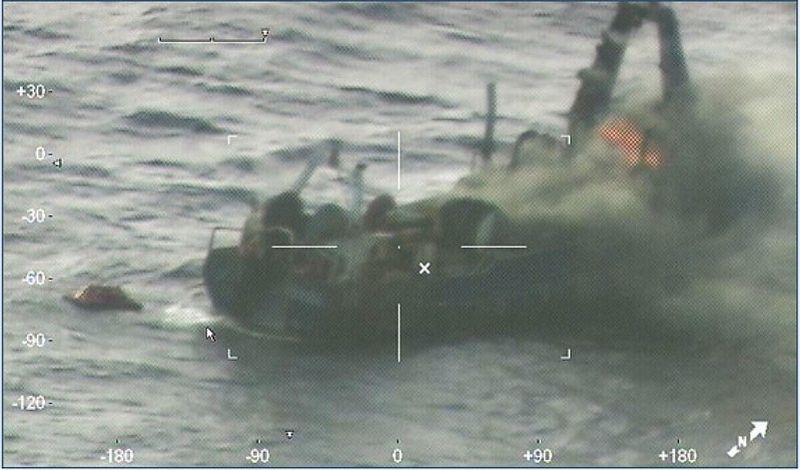

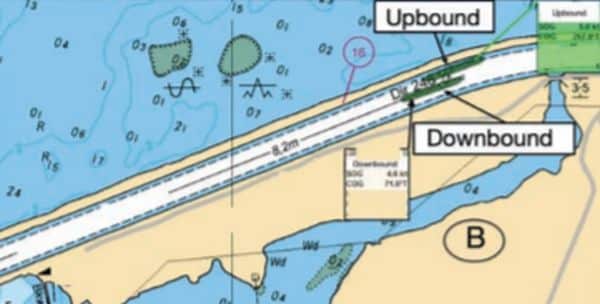
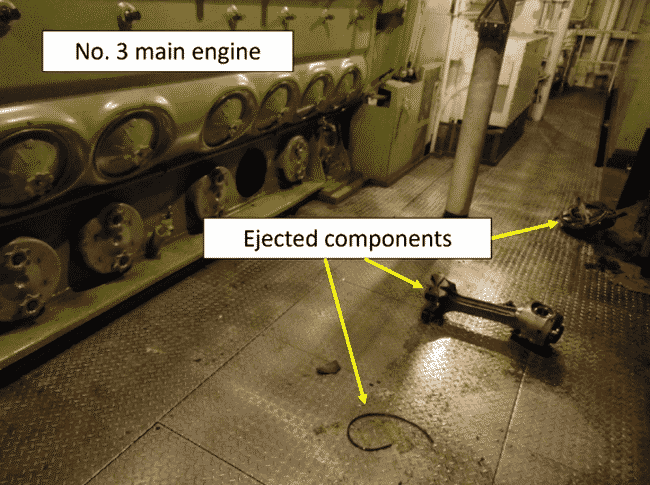
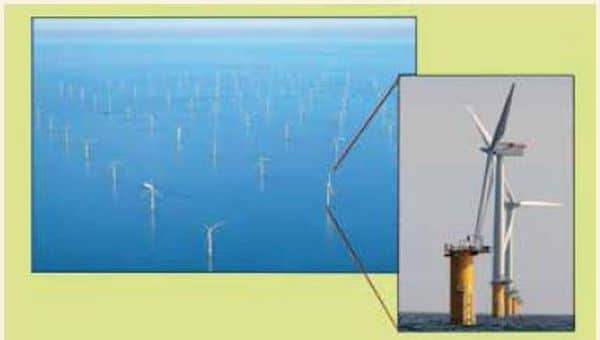
We managed to see same propeller repaired zones 2 years later. Unit or ceramic race was found still there!
Liquid Ceramic based polymers are good tools for engineers to restore erosion and cavitation damaged surfaces